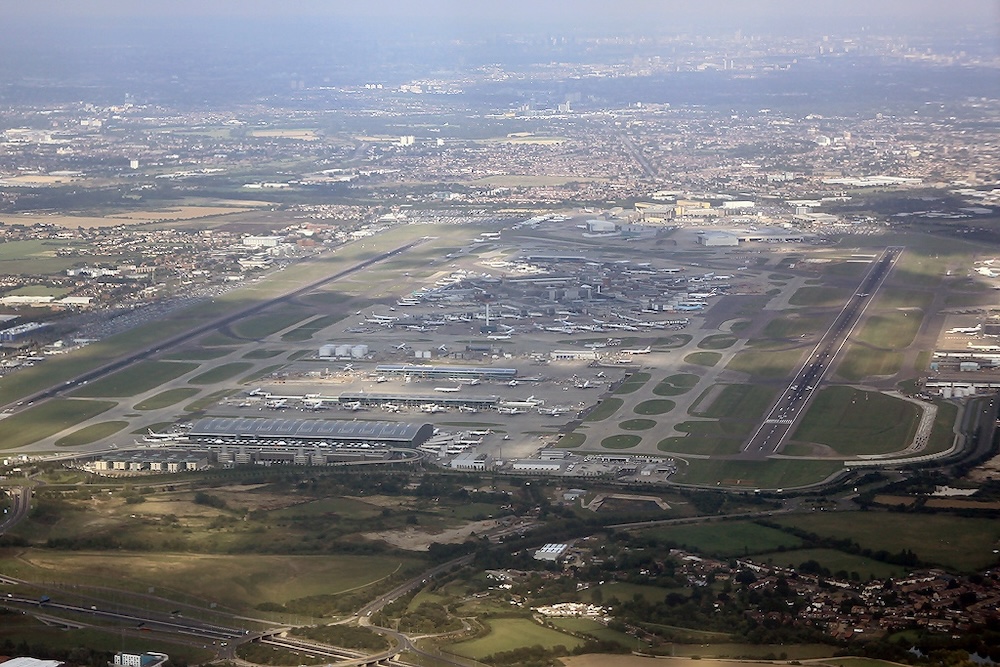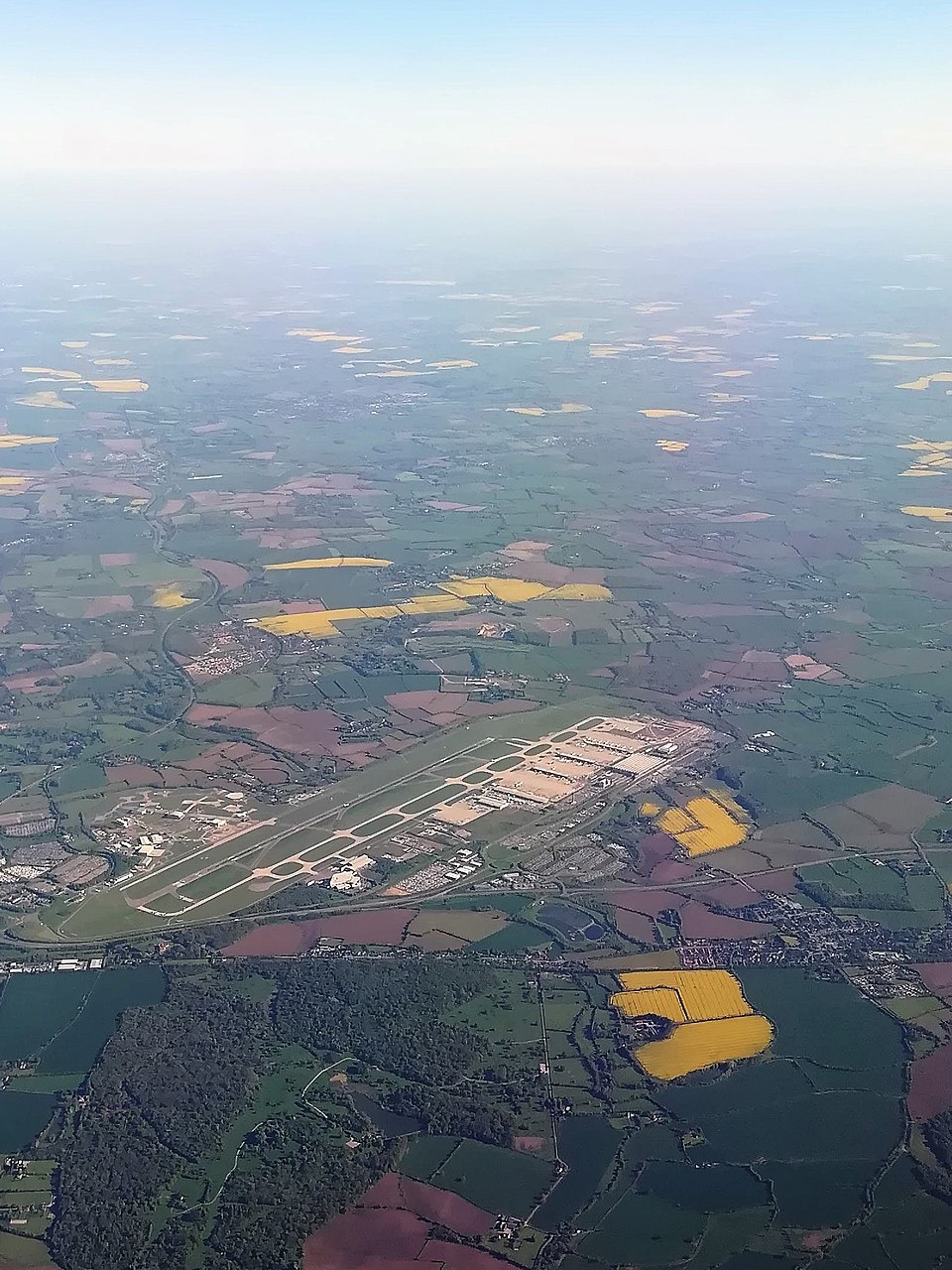London welcomes millions of visitors each year, and for many, their first experience of the city begins at one of its major airports. From the world-renowned Heathrow to the convenient London City Airport, the capital is served by six airports, each with its own unique character and advantages. Whether you’re visiting for business or leisure, understanding London’s airports is key to smooth, stress-free travel.
Heathrow Airport
Founded in 1930 and called London Airport until 1966, Heathrow grew in size after the Second World War. It is now the largest airport in Europe – but not the world. Internationally, it comes behind Atlanta (which has over 100 million passengers annually), Dubai, Dallas, Fort Worth, and Tokyo airports. It carries around 84 million people a year just behind Tokyo, with 85 million but ahead of Denver with 83 million (2023 figures). Many American cities are served by just one airport but London as a whole welcomes 177 million people if you include the other airports: City Airport, Gatwick, Stansted, Luton and Southend.
Heathrow Airport lies about fifteen miles from central London. You can reach it (but not the other airports near London) on the Underground, commonly called ‘the tube’. A single ticket from Zone One will cost around £6, while a taxi journey to a hotel in central London will cost seventy to eighty-five pounds and might set you back a hundred pounds if traffic is heavy.
Heathrow now has two parallel runways with a third one planned. The airport also has four passenger terminals and one cargo terminal. Flights from Heathrow take off to 214 other airports in 84 countries around the world, its most popular destination being New York. Heathrow also handles one and a half million tons of cargo a year.
Britain’s busiest airport is crammed into a very constrained plot of land of four and three-quarters square miles (about twelve and a quarter square kilometres). From the first touchdown at 5 am to the last take-off at 11 pm, planes arrive or depart at an average rate of one every fifty seconds. In aviation terms, the two-runway hub achieves a huge level of productivity matched only by Gatwick Airport. Economically, Heathrow extracts more value from just under five square miles than any similar-sized patch on the planet.
Heathrow Airport has a resident press corps with six photographers and one TV crew serving all the major world newspapers and television services.
Heathrow was featured several times in the storylines of The Crown series on television. Shoreham Airport stood in for it, the size and art deco styling of Shoreham making it a good likeness for Heathrow in the 1930s and 40s.
 London Heathrow Airport. Photo Credit: © Konstantin Von Wedelstaedt via Wikimedia Commons.
London Heathrow Airport. Photo Credit: © Konstantin Von Wedelstaedt via Wikimedia Commons.
Gatwick Airport
Gatwick Airport lies thirty miles south of central London and is Britain’s second busiest airport. It is reached by train from Victoria station and is served by the Gatwick Express. Founded in the late 1920s, Gatwick covers 1670 acres, has two terminals (North and South)but just one runway in use at any one time. Gatwick handles over forty million passengers a year.
Drones caused a major disruption to Gatwick Airport in December 2018 when all flights were suspended for six hours after they were sighted. No-one has been charged by Sussex police in connection with the incident.
London City Airport
This is the most central airport serving London. It was opened by the late queen in 1987 and handles five million passengers annually. London City is a small airport serving mainly a business clientele. Because of runway length, planes can fly directly to the USA from City but a refuelling stop at an airport like Shannon in Ireland is needed in the other direction.
Stansted Airport
Stansted Airport lies forty-two miles north of London and is the third busiest airport for the capital, handling around twenty-five million passengers a year. Opened as military airport in 1943, it was converted to civilian use in 1985 and the terminal building was designed by Norman Foster. It is reached by the Stansted Express from Liverpool Street station in 45 minutes.
 Aerial view of London Stansted Airport. Photo Credit: © Danielson8181 via Wikimedia Commons.
Aerial view of London Stansted Airport. Photo Credit: © Danielson8181 via Wikimedia Commons.
Luton Airport
Luton Airport is owned by the local council and serves mainly charter flights. It has over sixteen million passengers a year. Luton, however, expects to increase this number when Universal opens its theme park in Bedford in the early 2030s as the airport is expected to serve many visitors who fly into London intending to visit the park. It is reached from Saint Pancras in around half an hour with a transfer to the airport on the Luton Dart train.
Southend Airport
Southend was Britain’s third busiest airport in the 1960s but now handles ‘only’ around a million and a half passengers a year, mainly on charter flights. It was closed for a time in July 2025 because of a plane crash that caused the death of four people. Like Stansted, it is reached from Liverpool Street station, a direct service taking just under an hour.







Leave a Reply